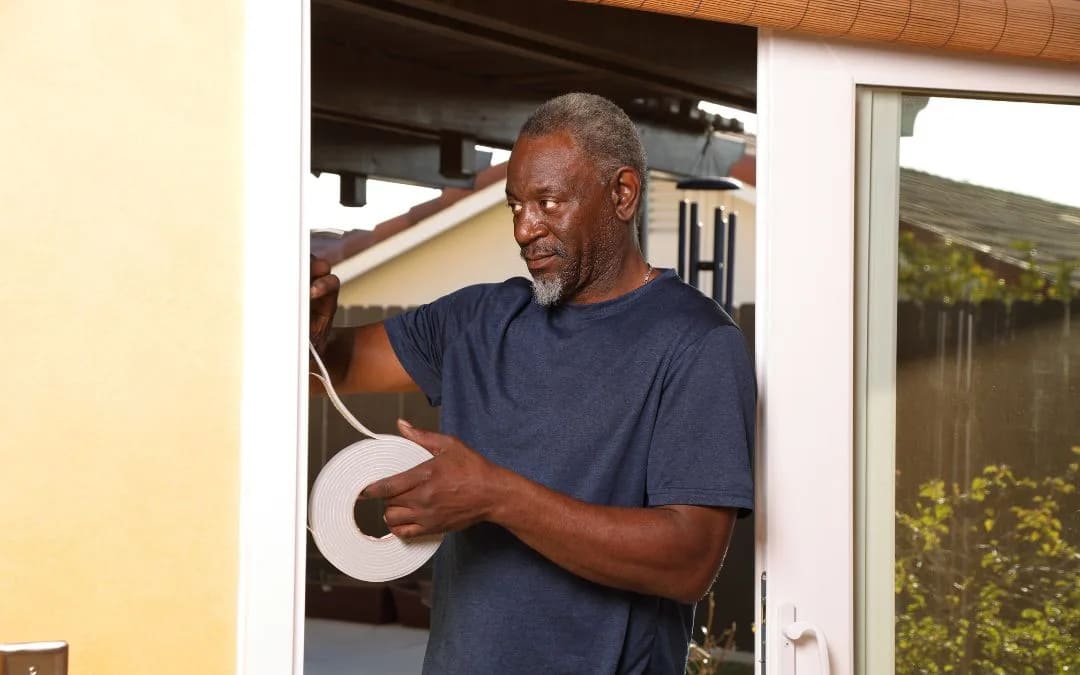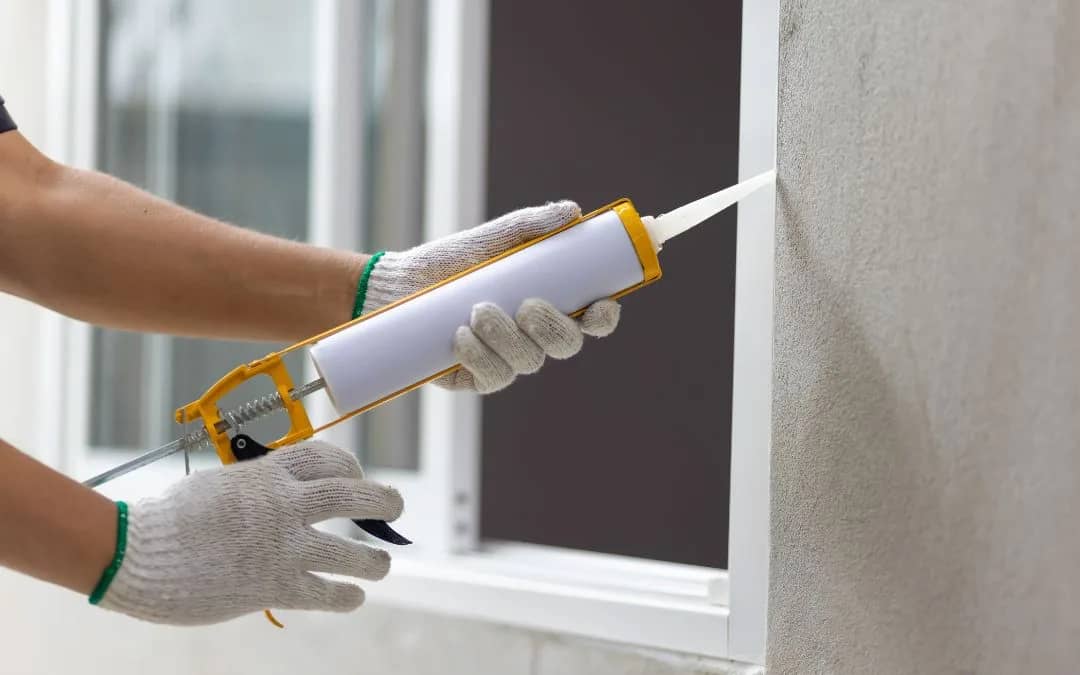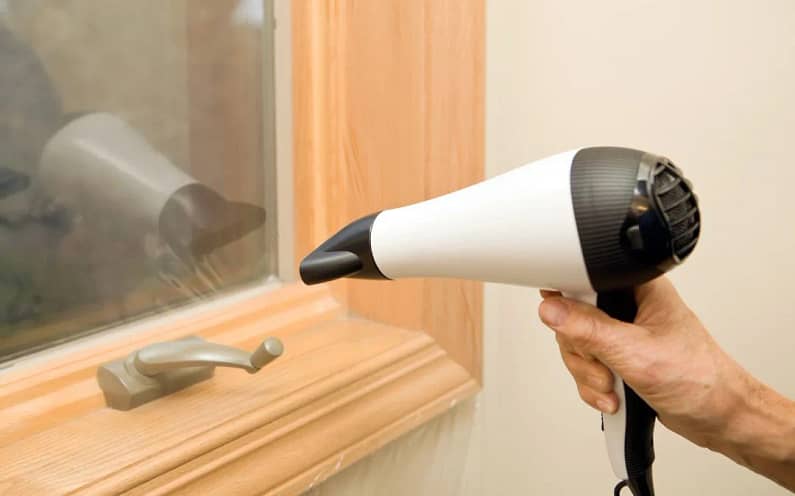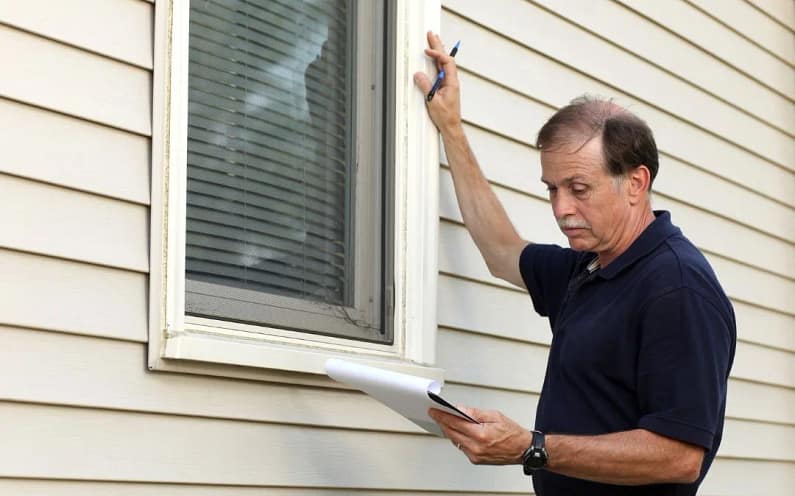As the temperature drops and winter approaches, keeping your home warm and cozy becomes a top priority. Insulating your doors and windows is one of the most effective ways to do this. Proper insulation enhances your comfort and helps reduce energy bills by preventing heat loss. This guide will walk you through the steps to effectively insulate your doors and windows.

Why Insulation Matters
Before we dive into the process, it’s crucial to understand why insulation is so important:
- Energy Efficiency: Insulation acts as a barrier that keeps warm air inside during winter and hot air outside during summer. This reduces the workload on your heating and cooling systems, leading to lower energy consumption and bills.
- Comfort: Well-insulated doors and windows help maintain consistent indoor temperatures, eliminating cold drafts and hot spots and providing a more comfortable living environment.
- Environmental Benefits: Proper insulation contributes to a lower carbon footprint by reducing energy consumption, making your home more environmentally friendly.

Insulating Your Doors
Weatherstripping
Weatherstripping is an effective way to seal gaps around doors. Here’s how to do it:
- Start by inspecting your door for gaps and cracks. Check the frame, threshold, and the area where the door meets the frame.
- Purchase adhesive-backed weatherstripping material appropriate for your door type.
- Clean the surfaces thoroughly and allow them to dry.
- Measure and cut the weatherstripping to fit the gaps.
- Peel off the backing and apply the weatherstripping, ensuring it adheres tightly.
- Test the door to ensure it closes appropriately without gaps.
Door Sweeps
Door sweeps are installed at the bottom of doors to block drafts. Here’s how to install one:
- Measure the width of your door.
- Purchase a door sweep of the appropriate length and type.
- Close the door and place the sweep on the inside of the door, aligning it with the bottom edge.
- Mark where you’ll need to attach the screws.
- Drill pilot holes and then secure the door sweep using the provided screws.
Insulating Your Windows
Caulking
Caulking is an effective method for sealing gaps around window frames. Follow these steps:
- Inspect the window frames for any cracks or crevices.
- Purchase a high-quality caulk suitable for outdoor use.
- Clean the area around the window frame and remove any old caulk.
- Load the caulk into a caulking gun and apply it to the gaps, ensuring a smooth and continuous seal.
- Use a caulking tool or your finger to smooth and shape the caulk.
- Allow the caulk to dry completely before painting over it if needed.
Weatherstripping
Like doors, weatherstripping can be applied to windows to seal gaps and cracks. Here’s how:
- Inspect the window frame for holes and cracks.
- Measure the gaps and purchase the appropriate adhesive-backed weatherstripping material.
- Clean and dry the areas around the window frame.
- Cut the weatherstripping to fit the holes.
- Peel off the backing and apply the weatherstripping, ensuring it adheres tightly.
- Test the window to ensure it closes appropriately without gaps.
Window Insulation Film
Window insulation film is a cost-effective way to create an additional barrier against drafts and heat loss. Here’s how to apply it:
- Purchase a window insulation kit from your local hardware store.
- Clean the window and frame thoroughly.
- Cut the film to fit the dimensions of the window.
- Apply double-sided tape around the window frame.
- Attach the film to the video, ensuring it’s taut and wrinkle-free.
- Use a hairdryer to shrink the film, making it snug against the window.

Additional Tips
Check and Replace Seals: Regularly inspect the seals and weatherstripping on doors and windows. Over time, these may wear out and need replacement.
Consider Insulated Curtains or Blinds: Adding insulated curtains or blinds can improve energy efficiency by reducing heat transfer through windows.
Upgrade to Energy-Efficient Windows and Doors: If your doors and windows are old and inefficient, consider upgrading to energy-efficient models. These are designed to provide better insulation and can significantly affect energy savings.
Consult a Professional: If you need clarification on the best insulation methods or need assistance with installation, consider consulting a professional contractor or energy auditor.
In conclusion, insulating your doors and windows is a cost-effective way to improve energy efficiency, reduce energy bills, and enhance the comfort of your home. With a little effort and some simple materials, you can make your home more cozy and eco-friendly, ensuring you stay warm during winter and minimize energy waste.

Curious If It’s Time To Replace Your Windows?
If your home is feeling drafty due to old and worn-out windows, contact Window Depot of Annapolis today. Window Depot of Annapolis’s professional installers can determine the condition of your windows and let you know if window replacement is the right solution. Don’t wait; give us a call for a free quote today!



